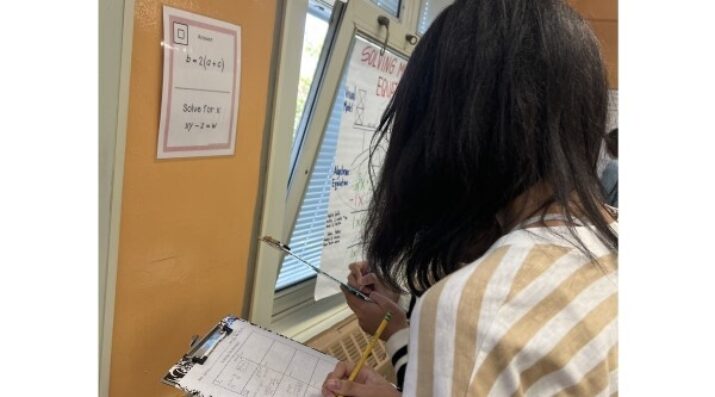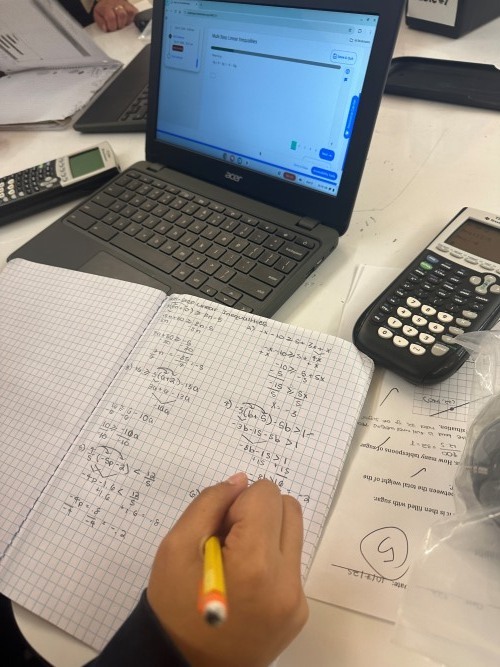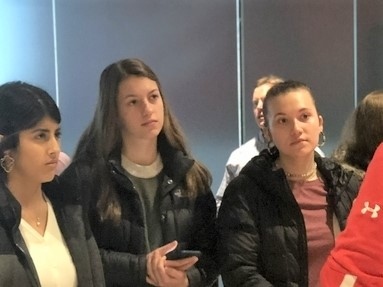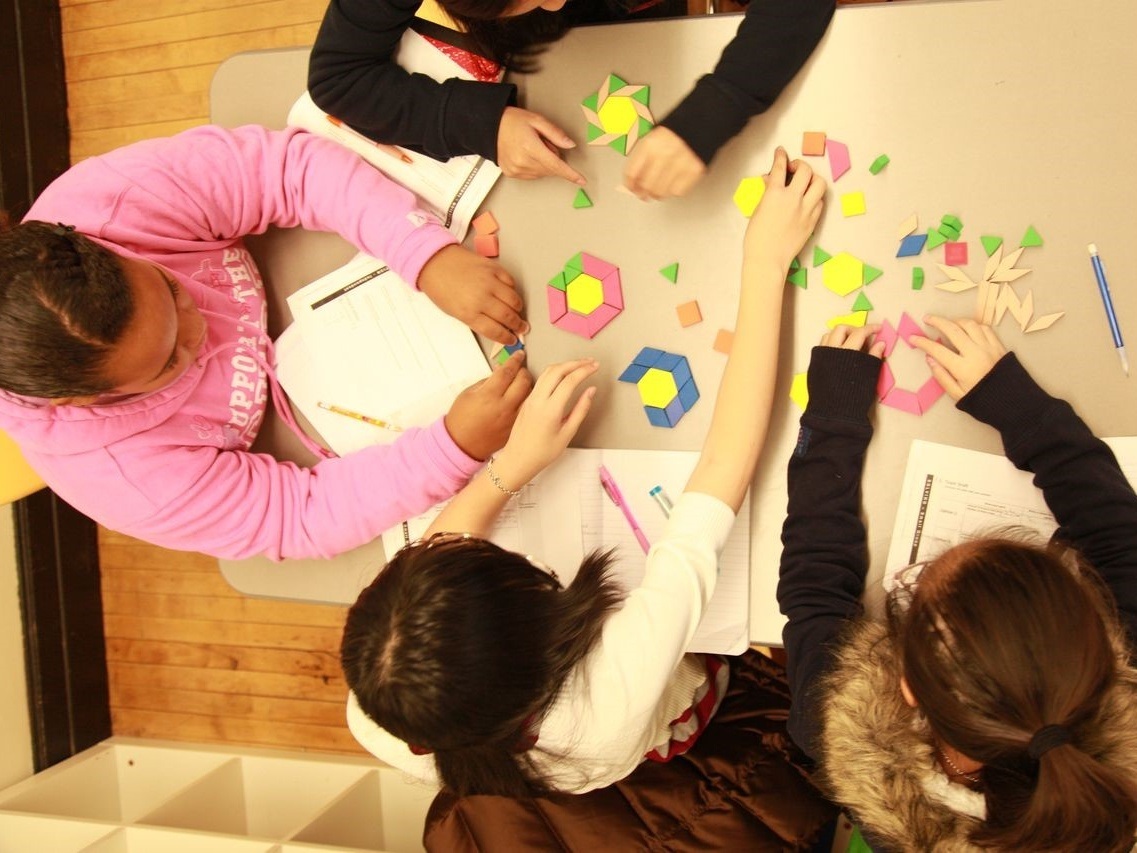Data-Informed Instruction: A Formula for Success
Topics

We’ve all had the experience of truly purposeful, authentic learning and know how valuable it is. Educators are taking the best of what we know about learning, student support, effective instruction, and interpersonal skill-building to completely reimagine schools so that students experience that kind of purposeful learning all day, every day.
Quick formative assessments provide this math teacher with real-time data to organize small groups for their station rotation blended learning classroom.
In my classroom, kids don’t need more work—they need the right work. By using quick formative assessments like exit slips at the end of each class, I gather real-time data to guide flexible, responsive grouping for the following week. It’s all about solving for what students need, not just assigning pages from the book.
Each week, I teach eight periods of math. Five of those follow the Illustrative Math Algebra 1 curriculum for my 8th graders. The remaining three periods are devoted to targeted support or enrichment based on student need.
Students rotate through three stations each week—one per period. These stations are designed with intentionality and math magic, using data to group students and tailor instruction. While students move through all stations, the content and challenge level are differentiated.
Our three station types are:
- Teach to One Roadmaps – Building prerequisite knowledge to ensure access to grade level learning
- Skill Support – Targeted, small-group instruction
- Tailored Practice – Collaborative problem-solving and extension
This Week’s Equation: Multi-Step Equations
This week, we focused on our multi-step equation standards. Here’s how each group “added up” to progress:
🟠 Roadmaps Station (Tables 1 & 2)
Students at the Roadmaps station worked through their Roadmaps Skill Pathway. They used our custom note-taking template, which supports self-paced learning while allowing me to circulate and conduct quick check-ins. Their work was carefully aligned with prior performance, helping us close gaps or leap into extension topics as needed.

🟨 Skill Support (Tables 5 & 6) (Remediation and Extension)
Students who hadn’t yet demonstrated a basic understanding of equations worked closely with my special education co-teacher. Together, they tackled two-step equations using visuals, manipulatives, and structured notes—showing that every problem has a solution when you work it out step-by-step.
Students who had mastered the multi-step equation standards met with me for a small group session focused on solving literal equations. Once they felt confident, they embarked on a literal equation scavenger hunt around the classroom—a mix of critical thinking and movement that kept them “functioning” at high levels.
🔵 Tailored Practice (Tables 3 & 4)
At this station, students worked at vertical whiteboards on leveled sets of practice problems. The collaborative setting allowed for peer-to-peer learning and rich math talk. They checked their solutions using substitution, proving their answers were no “mis-calculation.”
Wrapping Up the Cycle
At the end of the rotation, we always come full circle with a quick formative assessment on the same skill. The data from this reassessment helps us “plot the next point” on each student’s learning path—whether that means reteaching, practice, or diving into the next level of complexity.
Because when it comes to math instruction, we're not just solving problems—we're solving for students.
With data as our compass and flexibility as our formula, all students feel supported, all students engage in grade-level instruction, and all students grow.
And the results speak for themselves—our students’ growth on the NWEA assessments was more than 1.5 times the national average, proving that when instruction is intentional and responsive, success isn’t just possible—it’s measurable.
That’s the true sum of meaningful, student-centered math teaching.
All photos courtesy of the author.




